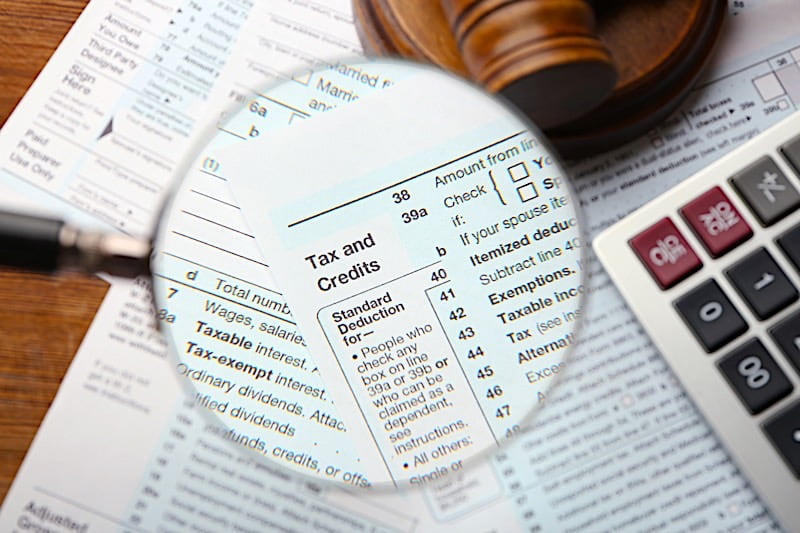When it comes to minimizing duty liabilities and maximizing economic savings, depreciation deductions really are a powerful tool that often moves underutilized. Whether you're a small company manager, an investor, or a property owner, leveraging depreciation may somewhat impact your base line. That website explores how deducting depreciation on rental property function and presents tips to make sure you're fully benefiting using this key tax-saving strategy.
Understanding Depreciation Deductions
Depreciation deductions reference the method of allocating the price of a tangible advantage around their useful life. Basically, the asset's drop in price due to use, use and split, or obsolescence may be deducted annually from taxable income. This technique pertains to resources such as for instance houses, machinery, equipment, and also cars useful for company purposes.
For example, envision getting equipment value $50,000 with a functional living of 10 years. Instead of using the entire $50,000 reduction in the initial year, depreciation laws permit you to distribute that cost across a decade, perhaps subtracting $5,000 annually.
By scattering out expenses in this manner, you decrease annual taxable money, efficiently lowering the fees owed.
Essential Statistics Supporting Depreciation Deductions
Numerous case reports and surveys disclose the economic advantages of depreciation deductions. For example, IRS statistics show that companies in the U.S. stated over $500 million in depreciation deductions in a current tax year. Such savings provide organizations with extra resources to reinvest or protect working expenses.
Still another noteworthy stat originates from the true estate sector. Reports suggest that house owners applying depreciation strategies save your self, typically, 10-15% annually on the taxable income. These figures spotlight the substantial however usually neglected possible of depreciation.
Popular Types of Depreciation Practices
To maximise savings, it's important to comprehend the different methods of calculating depreciation. Some of the very frequent include:
Straight-Line Depreciation
This is actually the simplest approach, where in actuality the asset's cost is divided equally around its of use life.
Suffering Stability Method
This process applies bigger deductions in the original years of the asset's use and steadily diminishes the worthiness around time.
Benefit Depreciation
Bonus depreciation allows for a bigger transparent reduction, particularly ideal for businesses buying significant assets.

Area 179 Deduction
That provision enables immediate expense deductions for qualifying house purchases. It is especially common among little businesses.
Tips to Improve Depreciation
Identify Eligible Resources: Guarantee all depreciable assets, from structures to company equipment, are a part of your tax planning.
Consult a Professional: Tax regulations frequently modify, and a duty specialist can help ensure you're leveraging every appropriate deduction.
Get Advantageous asset of Bonus Depreciation: If available, seize that opportunity for substantial transparent savings.
By fully understanding and utilizing depreciation deductions, firms and individuals can discover substantial savings options and place themselves for long-term economic success.
